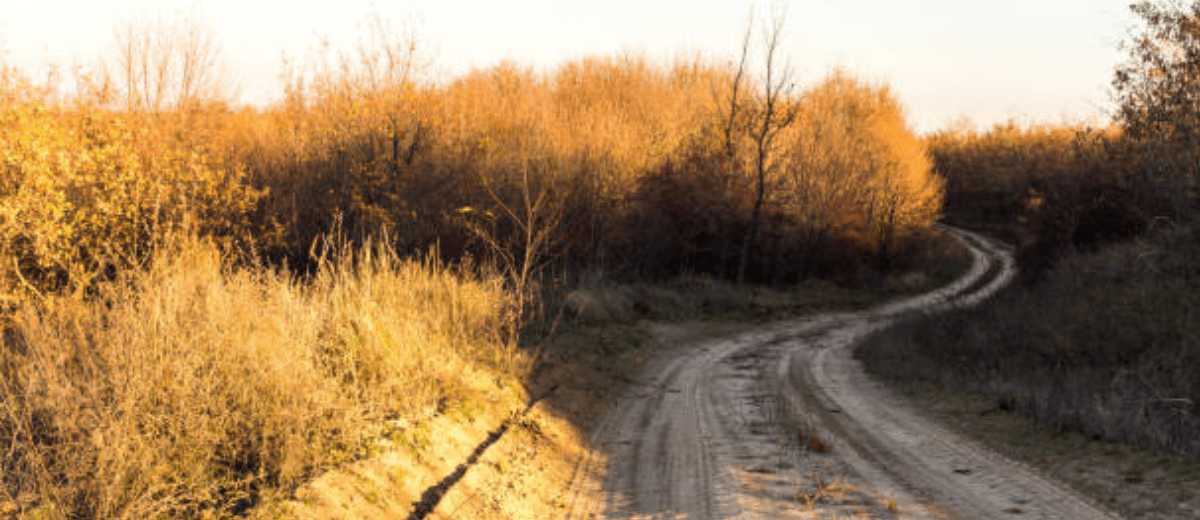Right of Ways and Easements (Part 2)
In our first blog, we gave an example of a woodlot owner (PARCEL B) who has the right of way for an access road to their parcel of land with no road frontage or other access. The woodlot owner prepares for a harvest and begins to clear and rebuild a road within a deeded right of way that hasn’t been used for 50 years.

In the situation of the woodlot owner (PARCEL B) using their deeded right of way, there are limitations unless otherwise written into the grant of the right of way. The trees within the right of way belong to the landowner (PARCEL A). Ironically the woodlot owner (PARCEL B) would have to cut down the trees that are in the right of way and give the wood to the landowner (PARCEL A) or agree with the landowner to pay the landowner for the value of the wood.
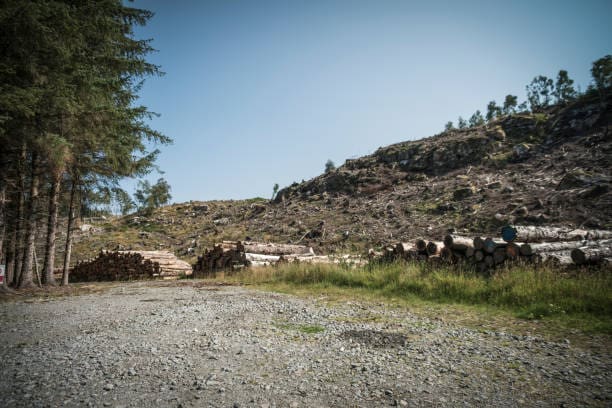
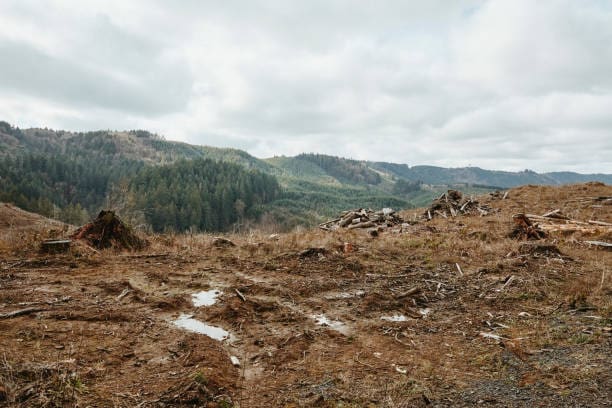
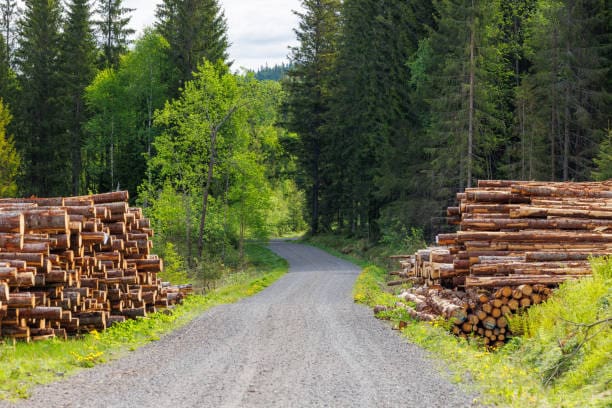
The woodlot owner generally has the right to ditch along the side of the road, install culverts, and place gravel. However, the woodlot owner cannot pave the road surface. Courts have consistently ruled that paving is not allowed unless specifically allowed by the grant. The woodlot owner undeniably has the right of free and unobstructed passage over the right of way and make the road surface passable but generally does not have the right to lay pavement or put utility poles on someone else’s land unless provisions are expressly made in the wording of the right of way.
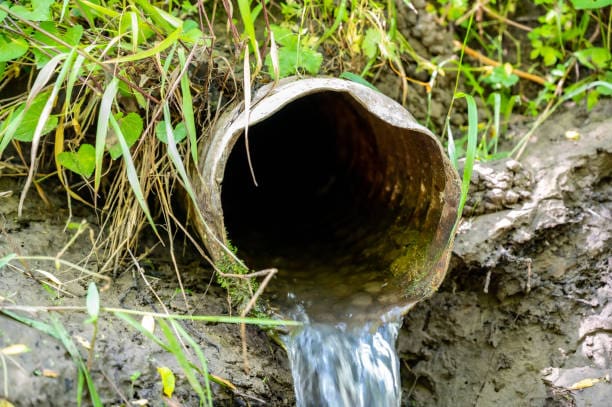
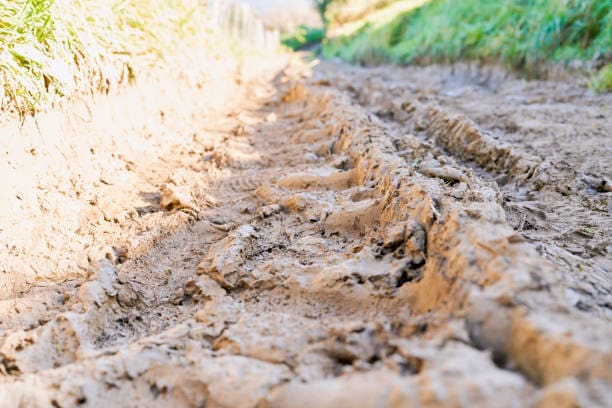
In the above example, the woodlot owner (PARCEL B) had a deeded right of way. However, let’s say there was a road built to the woodlot over the land of others (PARCEL A) that was openly and visually used with the landowner’s knowledge but without protest from time to time by the woodlot owner. However, there was no right of way memorialized in a deed. This can be very common in Maine.
Prescriptive Rights or Acquiescence
Over 40 years of open, uninterrupted, and notorious use, rights can be acquired by what is known as prescriptive rights or acquiescence. Rights of way can be acquired under this principle. The courts would generally say the right of way acquired by this example would be limited to ingress and egress to harvest wood. It would generally not give the woodlot owner (PARCEL B) the right to build a road for a development as that was not the historical use of the road.
Rights of way can also be asserted or lost by what is known as adverse possession. Maine Revised Statutes, Title 14 subsections 812 and 813 address adverse possession and adverse obstruction of rights of way. Rights can be acquired (or lost) by hostile, adverse use of a way continuously for 20 years. The inverse can also be true where a landowner (PARCEL A) adversely and continuously blocks a deeded right of way continuously for 20 years. The courts have been filled over the years dealing with such matters.
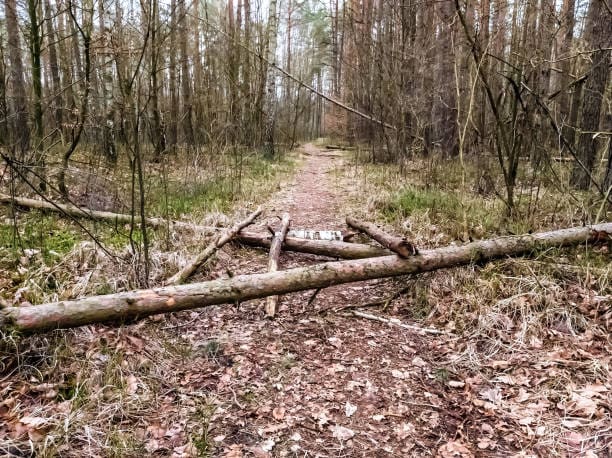
There is one caveat to the above examples. One cannot acquire rights against the government by prescription, acquiescence, or adverse possession.
In our next blog, we will discuss how a right of way can be created other than by a recorded right of way or how a right of way may be lost due to inaction by the easement holder.

